Traditional AR coating is applied by a method know as vacuum AR. This process typically requires a very large capital expenditure, clean room, highly skilled production staff and takes from 4 to 10 plus hours to complete. This process begins with the lens moving through a multi step cleaning bath to ensure proper adhesion of the AR layers. Once cleaned, each lens is inserted into a spring retainer and married up with other lenses for a specific coating process. The lens retainers are moved to a degassing oven for surface optimization. From here, lenses are placed into a metal collate and set inside the vacuum AR coater. According to a recent article in Vision Care Product News, “a pump then removes the atmosphere and recreates a vacuum, where an ion-assisted gun helps cleanse the lenses even further prepping them for the treatment layers to be applied. The collate starts to rotate and an electronic beam gun focuses onto a crucible holding a series of different compounds. As the beam reaches its peak, a shutter plate swings to the side allowing the evaporated material to be dispersed and reach the lenses.” Most of these AR treatments involved oxide metals for the low index layers and materials such as tantalum and titanium for the high index layers. After the layers are processed, a final step is completed for the hydrophobic and oleophoic finish. The lenses are then shipped to the corresponding optical location and dispensed to patients. From order to delivery, the typical optical location must wait 3 to 7 business days before they can notify their patient of their eyeglass arrival.
Due to the cost and technical aspects involved with traditional AR coating, the majority of independent optical professional do not have the production volume necessary for profitability. In response, Optical Dynamics’ Research and Development team created the revolutionary nanoCLEAR AR system. This small table top unit works in conjunction with the Q-2100 Digital Lens system and employs a nanocomposite AR coating. Since this system processes films at atmospheric temperatures and pressures, the required hardware is greatly simplified reducing overall cost, training and production time
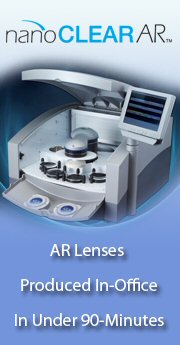 The nanoCLEAR AR process begins with the operator setting the four digital free form molds into the AR unit. The nanoCLEAR AR system pressure washes the molds for optimal cleanliness. The use of spin coat technology is then employed with the system laying down a scratch coat followed by the nanocomposite AR coating in mold. The digital molds are removed from the AR unit and a mold cavity is formed. The cavity is filled with either the clear or photochromic UV-curable monomer doped with nanoparticles. This allows us to engineer the refractive index and strength of the nanoAR films while maintaining the flexibility inherent to most polymers. Once the mold cavities are filled, they are cured in the main and post chambers. During the curing process the nanoCLEAR AR bonds with the lens material to produce an AR lens. The process is completed with a hydrophobic and oleophic top coat. In under 90-minutes, you have a pair of nanoCLEAR AR lenses to dispense to your patients.
The nanoCLEAR AR process begins with the operator setting the four digital free form molds into the AR unit. The nanoCLEAR AR system pressure washes the molds for optimal cleanliness. The use of spin coat technology is then employed with the system laying down a scratch coat followed by the nanocomposite AR coating in mold. The digital molds are removed from the AR unit and a mold cavity is formed. The cavity is filled with either the clear or photochromic UV-curable monomer doped with nanoparticles. This allows us to engineer the refractive index and strength of the nanoAR films while maintaining the flexibility inherent to most polymers. Once the mold cavities are filled, they are cured in the main and post chambers. During the curing process the nanoCLEAR AR bonds with the lens material to produce an AR lens. The process is completed with a hydrophobic and oleophic top coat. In under 90-minutes, you have a pair of nanoCLEAR AR lenses to dispense to your patients.






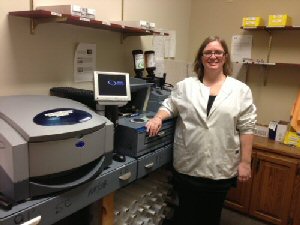 Usage: The more you make…the more you’ll make! It simple if you change the way you think about your business. With the Q-2100 Digital Lens System you have the capability of producing up to 90%+ of all the Rxs written in a typical practice. If you process only 15% of your lens needs on the system you will not see a huge impact. If you’re producing over 70% of your lens needs, you will be thrilled with your bottom line.
Usage: The more you make…the more you’ll make! It simple if you change the way you think about your business. With the Q-2100 Digital Lens System you have the capability of producing up to 90%+ of all the Rxs written in a typical practice. If you process only 15% of your lens needs on the system you will not see a huge impact. If you’re producing over 70% of your lens needs, you will be thrilled with your bottom line.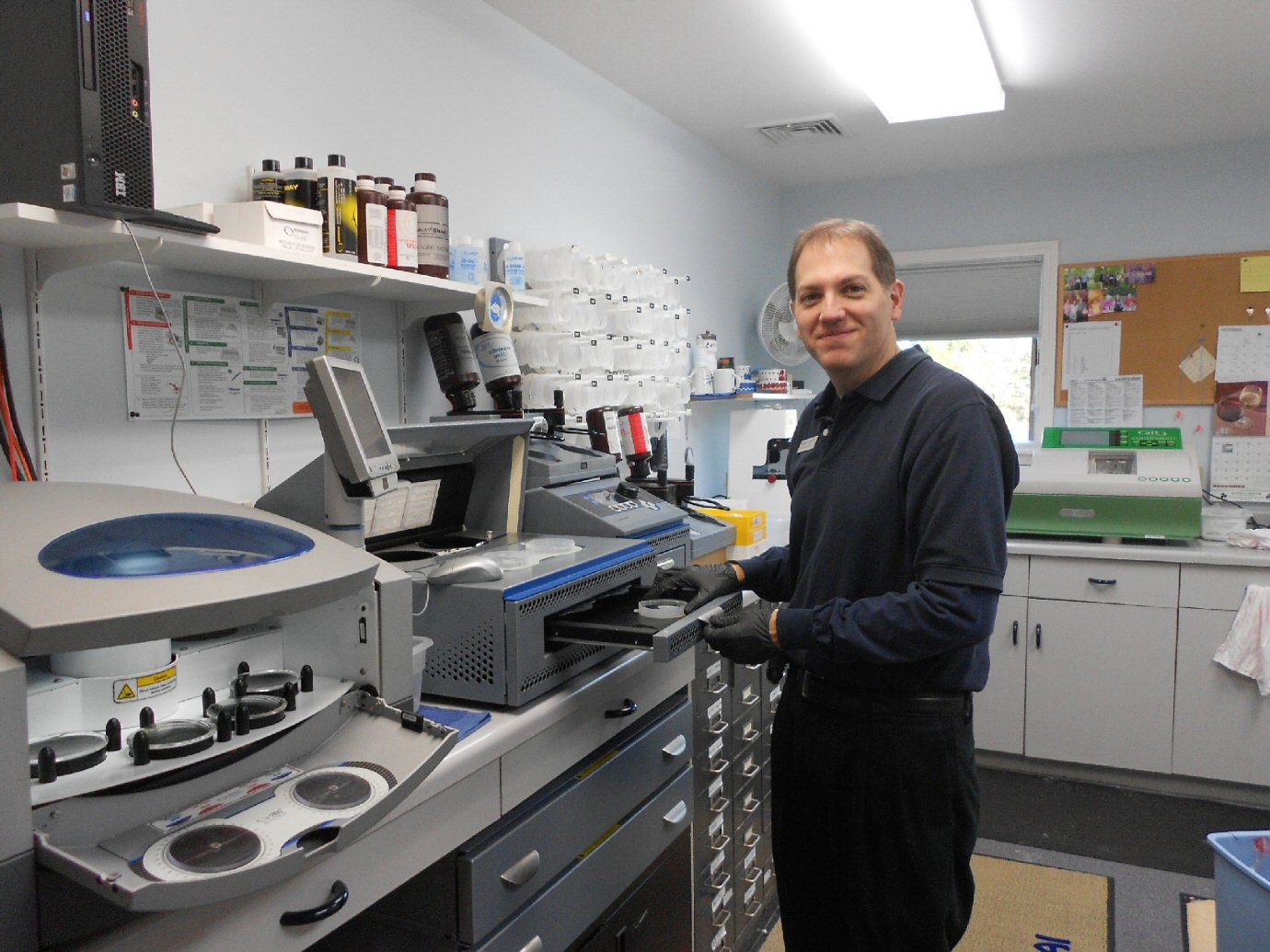 Integration: Now that you can make it, its time to sell it! Ensure your entire practice is knowledgeable about the new products you have purchased. Everyone must understand why you chose to integrate digital lens technology into your practice and how to sell clearLIGHT advantage and sunSMART II. Your staff is key to maximizing your potential. This is not a niche product…this is a new way of doing business. Educate, reward, monitor, and reinforce your team’s commitment to this new lens technology and you will be successful.
Integration: Now that you can make it, its time to sell it! Ensure your entire practice is knowledgeable about the new products you have purchased. Everyone must understand why you chose to integrate digital lens technology into your practice and how to sell clearLIGHT advantage and sunSMART II. Your staff is key to maximizing your potential. This is not a niche product…this is a new way of doing business. Educate, reward, monitor, and reinforce your team’s commitment to this new lens technology and you will be successful.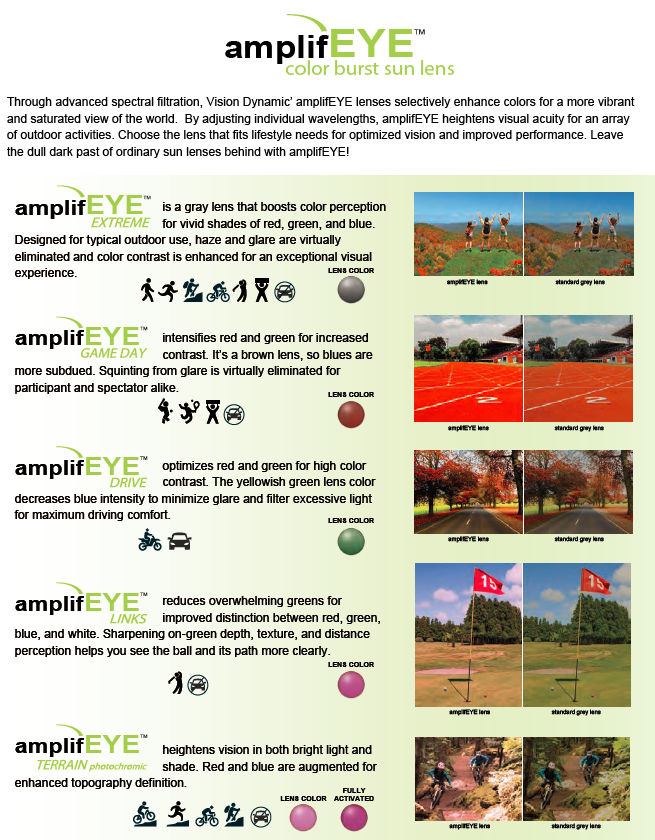 ORDER YOUR PAIR TODAY! 888-900-5503 VISION DYNAMICS LAB
ORDER YOUR PAIR TODAY! 888-900-5503 VISION DYNAMICS LAB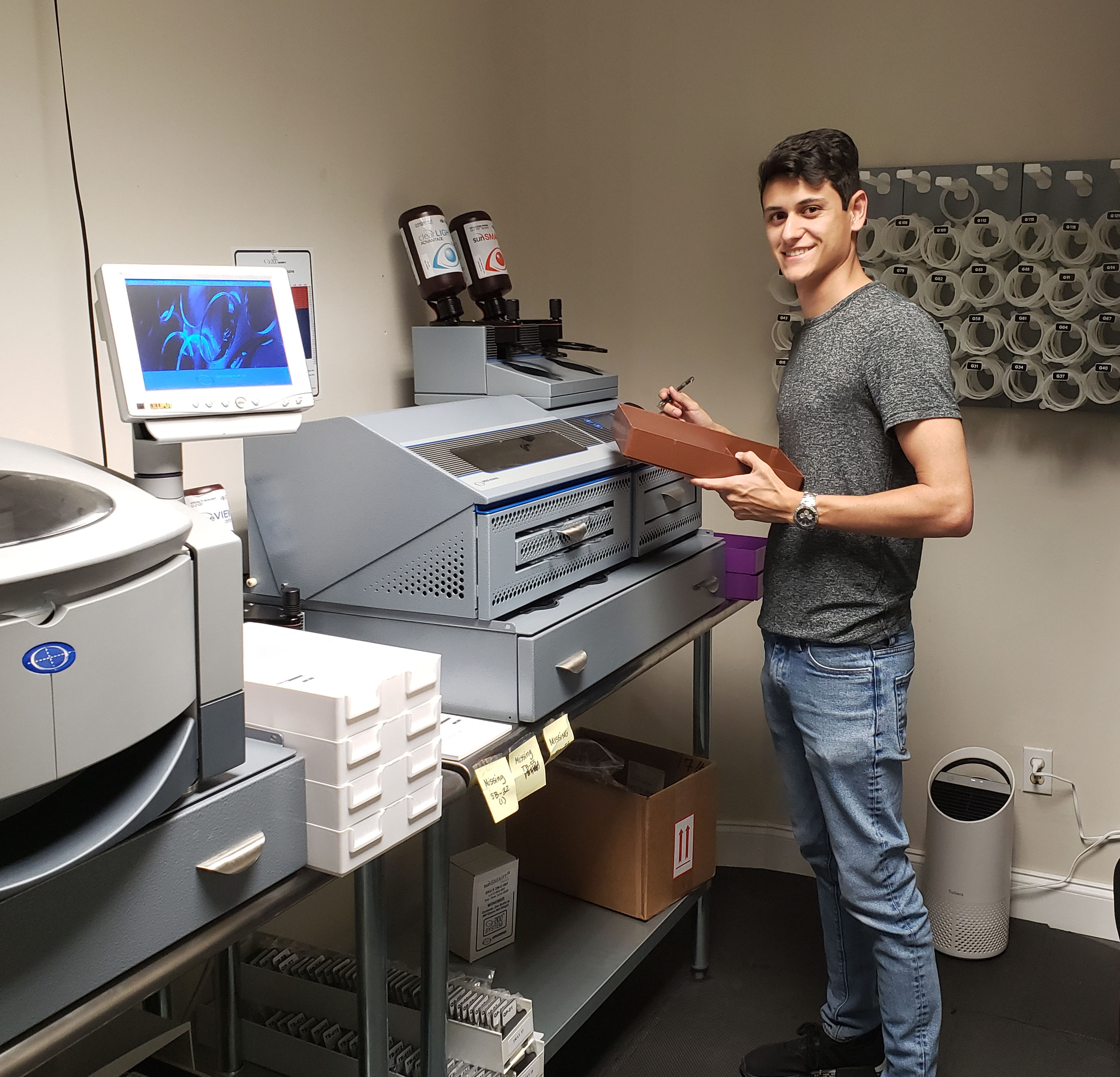 As quoted on the FB page, “This edge helps us to treat our patients in the best way possible.”
As quoted on the FB page, “This edge helps us to treat our patients in the best way possible.”